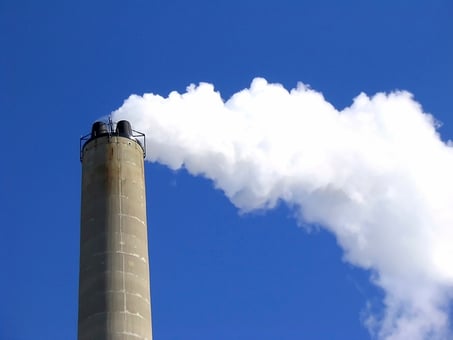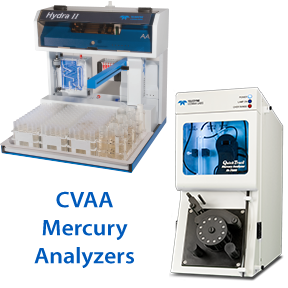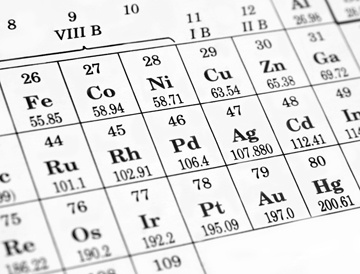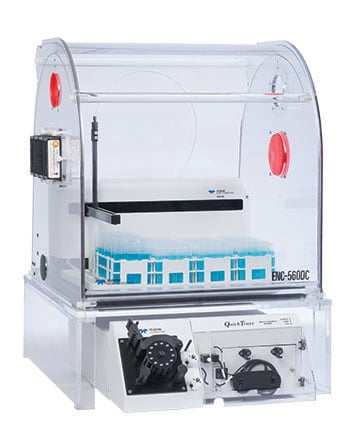When it comes to analytical testing, there is a single organization that sets the requirements and develops the methods for determining the purity of reagent chemicals, the American Chemical Society (ACS).
Teledyne Leeman Labs recently completed an analysis of reagent chemicals to determine their ultratrace elemental levels. The purpose of the analysis was to “demonstrate the ability of the Teledyne Leeman Lab’s Prodigy7 simultaneous ICP-OES, to quickly and accurately determine ultratrace elemental levels in selected reagent grade chemicals.” The company performed the analysis using procedures developed by the ACS. Results were then compared with ACS specifications.
Read More

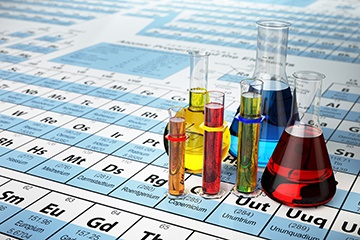


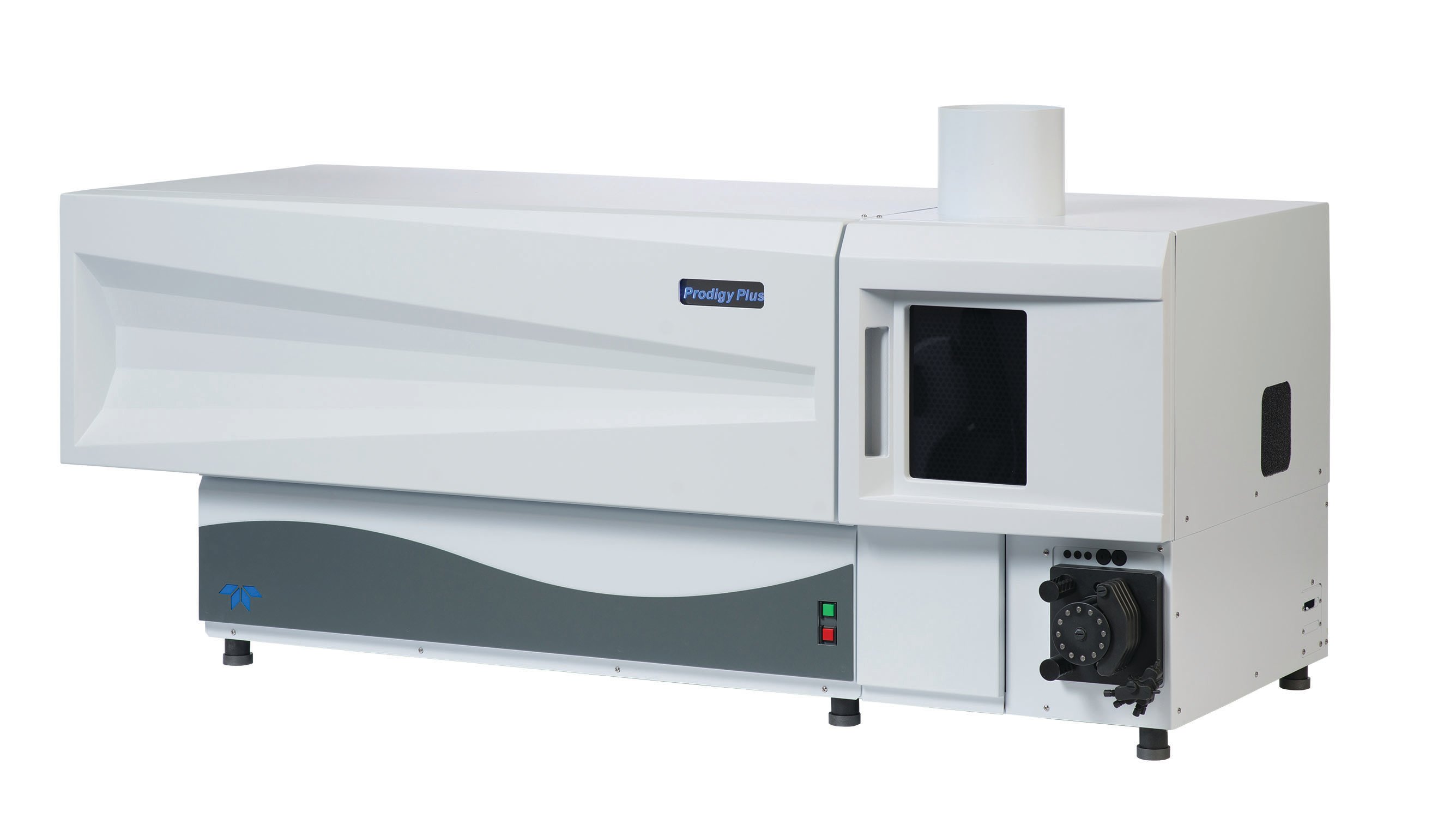

 A research team at Flinders University in Australia has “developed an inexpensive, non-toxic polymer that can absorb hazardous mercury compounds out of water and soil.” The secret ingredient of the polymer is a colorless liquid hydrocarbon that is extracted from the peel of citrus fruits such as lemons, limes and oranges. The process to extract limonene, which gives citrus fruits their smell, includes centrifugal separation and steam distillation.
A research team at Flinders University in Australia has “developed an inexpensive, non-toxic polymer that can absorb hazardous mercury compounds out of water and soil.” The secret ingredient of the polymer is a colorless liquid hydrocarbon that is extracted from the peel of citrus fruits such as lemons, limes and oranges. The process to extract limonene, which gives citrus fruits their smell, includes centrifugal separation and steam distillation.